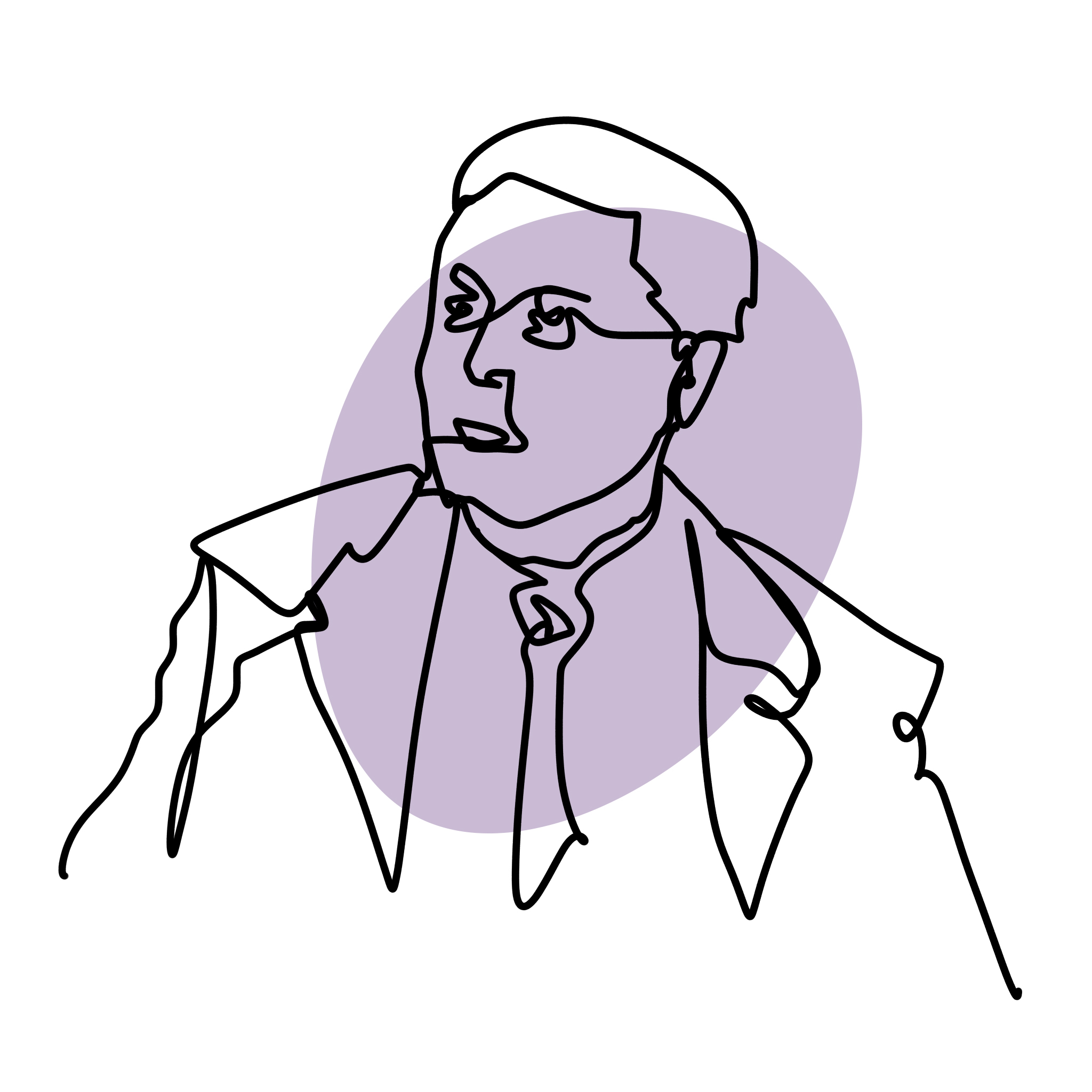Victoria & Albert Museum, London. Founded in 1852, it is one of the most fun stops for those passing through London, even just for a few hours! Listed as one of the largest decorative art museums in the world, the V&A boasts more than 4 million objects spread over 45,000 square meters and divided into thematic areas according to the countries of origin of the objects, materials and techniques. Named by its current name in 1889 in honor of Queen Victoria and her husband Albert, who immensely supported the development of its collections, the museum houses a large section dedicated to Chinese, Korean, Japanese, Islamic and European decorative arts, with a focus on 20th century design as well as the largest ceramic collection in the world. What not to miss? The monumental exhibitions periodically dedicated to textiles and fashion designers, grandiose and immersive events welcoming professionals and enthusiasts: the V&A boasts in fact the largest collection of fashion and costume in the world.
Musée des Arts Decoratifs, Paris. Ideal for those wanting to immerse themselves in the history and evolution of furniture from the Middle Ages to our time, with a focus on French furniture. The repertoire is very rich: among Aubusson carpets, works in the style of Art Nouveau and Art Déco, important examples of modern designer furniture stand out, from Charlotte Perriand to Eileen Gray, passing through graphic arts and goldsmithing, toys, fashion fabrics and wallpaper. The building, located along the Rue de Rivoli, in the Marsan area of the Louvre Museum, presents 531.000 works divided into chronological sections, and was founded in 1905 by members of the Union des Arts Décoratifs led by architect Gaston Redon, (1853-1921), brother of Symbolist painter Odillon Redon.
Bauhaus Archiv, Berlin. Here we dwell in a specific segment of 20th century decorative arts to talk about the largest archive that documents the works and history of the Bauhaus school, the movement founded by Walter Gropius, which was in force from 1919 to '33. The museum is located inside the Tiergarten, in a splendid building built from a project by Gropius. Between these walls, in addition to the icons created by the Bauhaus current such as the Wassily chair, numerous lesser-known objects are exhibited, united by the Group's aspiration that decorative arts should become the combination of all the arts in an ideal unity, in which function and beauty were never more distinct. A series of special exhibitions periodically delves into the history of the movement through particular themes of its activity. The library contains over 26,000 works including books, magazines, catalogs, manuscripts and documents.
Cooper Hewitt, Smithsonian Design Museum, New York (in the picture). In the heart of the Upper East Side, this is indeed a marvellous, alternative destination to more usual points attractions of the Big Apple, opening new windows and exhibition displays in the field of decorative arts: the museum, four floors of galleries that make this the only United States museums dedicated exclusively to this field, it is housed in the historic Andrew Carnegie Mansion on Fifth Avenue. Over 210,000 works coexist in the spaces — completely digitized and available online — ranging from the most anonymous objects of everyday life of the 20th century to the most iconic works designed by influential American and international designers, from George Nelson to Alvar Aalto, just to name a few.
Do not miss the next intOndo's museums appointment... we will enter into the specifics of the most unusual and curious destinations... stay tuned!






.png)





